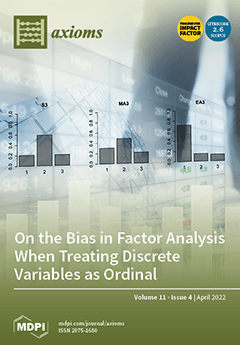The author devotes this paper to defining a new class of soft open sets, namely soft
-open sets, and investigating their main features. With the help of examples, we show that the class of soft
-open sets lies strictly
[...] Read more.
The author devotes this paper to defining a new class of soft open sets, namely soft
-open sets, and investigating their main features. With the help of examples, we show that the class of soft
-open sets lies strictly between the classes of soft regular open sets and soft open sets. We show that soft
-open subsets of a soft locally countable soft topological space coincide with the soft open sets. Moreover, we show that soft
-open subsets of a soft anti-locally countable coincide with the soft regular open sets. Moreover, we show that the class of soft
-open sets is closed under finite soft intersection, and as a conclusion, we show that this class forms a soft base for some soft topology. In addition, we define the soft
-closure operator as a new operator in soft topological spaces. Moreover, via the soft
-closure operator, we introduce soft
-open sets as a new class of soft open sets which form a soft topology. Moreover, we study the correspondence between soft
-open in soft topological spaces and
-open in topological spaces.
Full article




